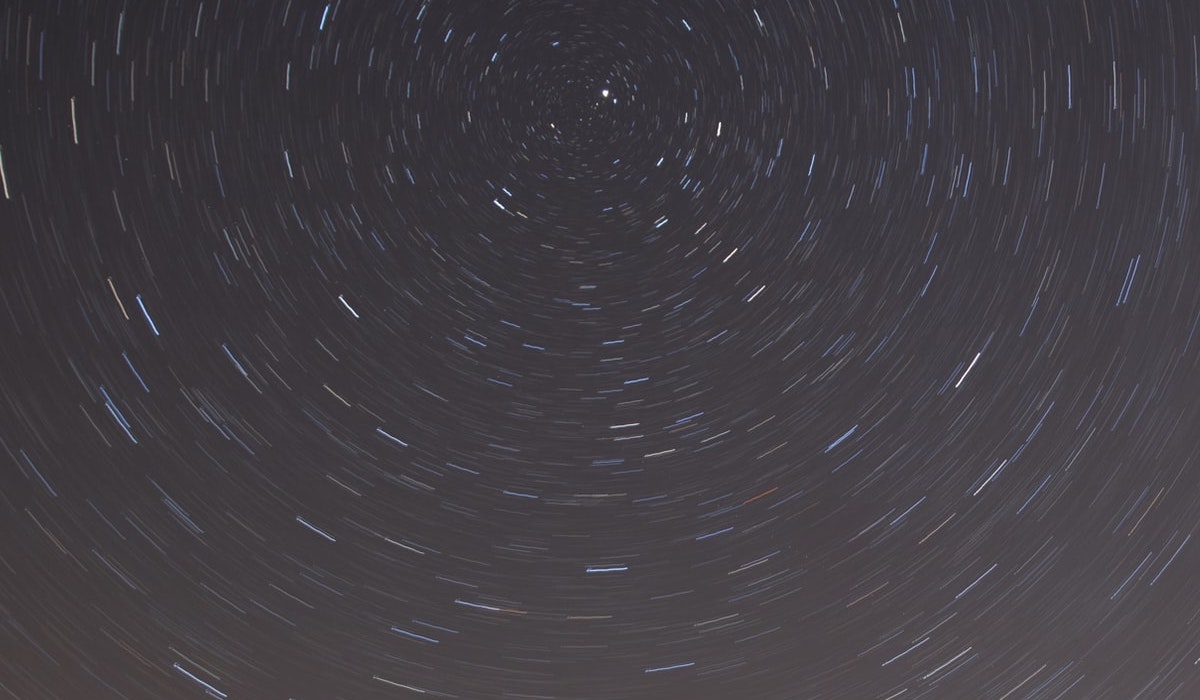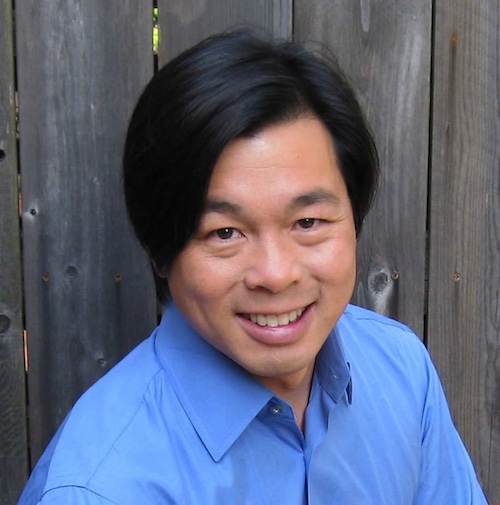By the time you receive this, approximately 300 million people in the United States, about 90% of the country’s population, will be living under state- or city-mandated shelter-in-place policies. The daily rhythms you were familiar with will have come to a full stop.
For me here at home in San Francisco, the streets are quiet. Schools, skyscrapers, stadiums, restaurants, bars, theaters, and places of worship sit in ghostly silence. Many storefronts are boarded up. The decreased din of humanity has even changed the Earth’s vibration. Scientists tell us the Earth is shaking less.
We wait in lines, 6 feet apart, to enter the grocery store. We wave at our loved ones through computer screens. We don’t touch each other anymore. The world has entered the Covid Zone.
While we know how we got here, some of you may wonder how long you can endure this new normal. Even as I write today, my husband Greg is out on what he calls an anti- crazy walk—his third in three days.
All the news is not bad. In the fourth week of shelter-in-place in the San Francisco Bay Area, we hear of encouraging signs that this practice is working. To date, the surge of hospital admissions has not occurred. In fact, emergency room visits decreased here by 50% this past week. While we are not out of the woods yet, this brings hope, both to us and you, that we can do something—namely, stay home—to fight this pandemic.
However, when it comes to managing this new shelter-in-place reality, the particulars matter. Do you live alone? Do you reside in a multigenerational household? Are you still going to work? Are you suddenly working from home? Are you out of work altogether? Kids or elders to contend with? Pre-existing health and life conditions? How are you going to make ends meet and what will remain once this time passes?
You are being asked to respond to familiar situations in new and perhaps unsettling ways. Behind all of these questions and uncertainty is the real prospect that you will be called to confront mounting illness and death of friends, neighbors, colleagues and even family members.
From Fear to Growth
For the first 10 days of sheltering inside, I was in the Fear and, I might add, Lost Zone. In our house, we stocked our pantry, binged on social media, and exhausted our Netflix, Hulu, HBO, PBS, and even Youtube watch lists. Exercise came to a halt, as did regular eating, sleeping and showering. We overloaded ourselves on information (sensational or balanced) and increased our intake of junk food. I asked myself how long I could stand this.
But at 3 a.m. on day 11, I woke up and told myself that things would be different. I entered the Learning Zone and enrolled in a Yale University course—The Science of Well-Being. Later that day, I reached out to my Kumu (Hula teacher), and we set up a shelter-in-place plan for my continued learning.
I eased up on the social media and cut back on British period dramas. I began to read old-fashioned books. I re-visited and re-instituted a number of my daily routines—showering, eating balanced meals, wearing actual pants with a button and a zipper.
This stage evolved quickly into the next—the Growth Zone. I began to host and join Zoom calls with friends and colleagues, exploring opportunities to build beloved communities in the midst of this crisis.
I also immersed myself in a “when I have the time” project—digitizing and archiving 15 boxes of family photos and documents. I discovered stories about my ancestors that gave hope to me in these current circumstances.
Of Love and Revolution
I also rebooted my Facebook page, Love and Revolution, based on the premise that love, not guns, will prevail in the next revolution. This page recently featured the following everyday heroes/heroines/heroixes:
- J Stevenson – a critical-care nurse from Texas who is headed to New York to join the frontlines.
- Ashley Lawrence – a college student from Kentucky who developed a see-through mask so health-care workers can communicate with deaf and hard-of-hearing folks who read lips.
- Zak Hoops – A 6-year-old from Montana who ventured out in the snow and offered a traditional ground blessing dance for the world.
- The Mera Kitchen Collective – A group of mostly refugee chefs from Maryland who are providing thousands of free meals to people in need.
- John Zutz – a landlord from Wisconsin who decreased his rents to $100 a month for the duration of the crisis.
I felt buoyed, held and supported by the stories of these remarkable people. Growth felt like one-part learning and two-parts remembering. We are responding with love, and we will survive! In isolation, we can all do something to bring hope and healing to ourselves and others. We have strength to match the fear and—if my discovery over these past several weeks is any guide—we have the skill to navigate our way through the COVID zone.
Questions for Reflection and Consideration
- Ask what you have always wanted to do when you had the time. Then ask, if not now, then when? Write a few of these things down and keep this list nearby, just in case.
- Talk to a friend about how this crisis is presenting opportunities for us to rebuild community with people that we love.
- Ask what you’re feeding your mind. How might you move away from what brings fear and toward that which reminds you how to reconnect?
This MFP Voices essay does not necessarily represent the views of the Mississippi Free Press, its staff or board members. To submit an essay for the MFP Voices section, send up to 1,000 words and factcheck information to donna@mississippifreepress.com. We welcome a wide variety of viewpoints.






